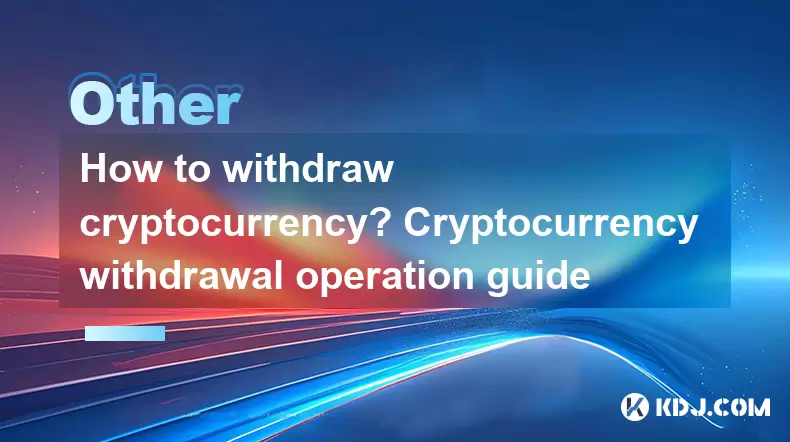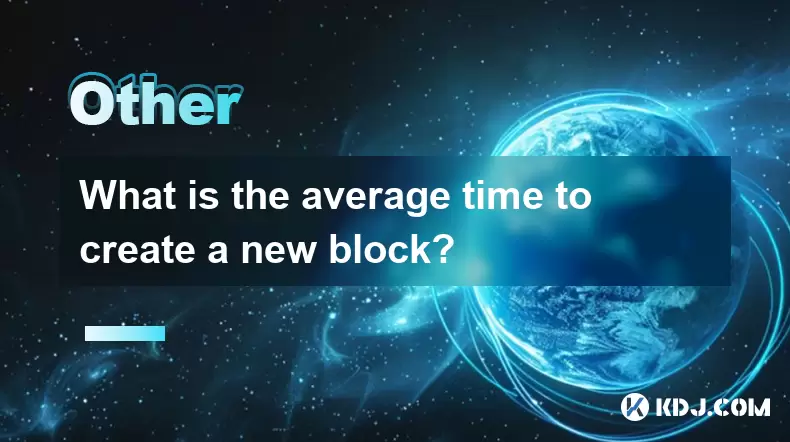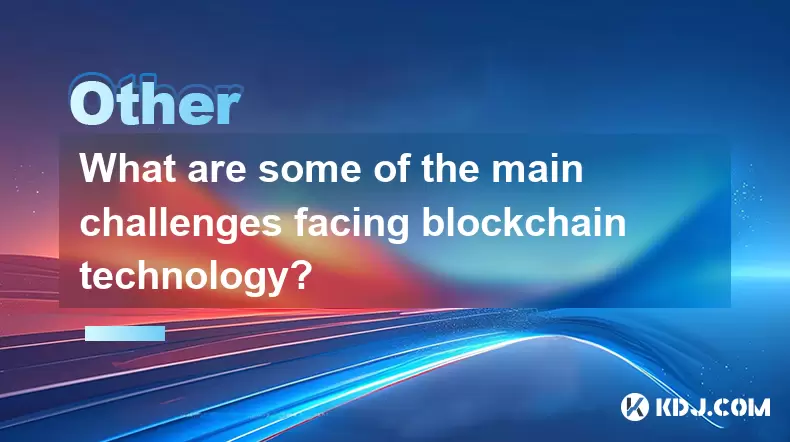-
 Bitcoin
Bitcoin $117600
2.11% -
 Ethereum
Ethereum $3907
6.13% -
 XRP
XRP $3.288
9.68% -
 Tether USDt
Tether USDt $1.000
-0.01% -
 BNB
BNB $784.8
2.00% -
 Solana
Solana $174.3
3.60% -
 USDC
USDC $0.9997
-0.03% -
 Dogecoin
Dogecoin $0.2220
8.04% -
 TRON
TRON $0.3379
0.01% -
 Cardano
Cardano $0.7829
5.46% -
 Stellar
Stellar $0.4348
8.84% -
 Hyperliquid
Hyperliquid $40.50
6.38% -
 Sui
Sui $3.757
7.22% -
 Chainlink
Chainlink $18.41
10.06% -
 Bitcoin Cash
Bitcoin Cash $581.6
1.91% -
 Hedera
Hedera $0.2586
5.37% -
 Avalanche
Avalanche $23.30
4.67% -
 Ethena USDe
Ethena USDe $1.001
0.01% -
 Litecoin
Litecoin $122.0
2.62% -
 UNUS SED LEO
UNUS SED LEO $8.972
-0.23% -
 Toncoin
Toncoin $3.338
1.14% -
 Shiba Inu
Shiba Inu $0.00001282
3.76% -
 Uniswap
Uniswap $10.38
6.88% -
 Polkadot
Polkadot $3.852
4.63% -
 Dai
Dai $1.000
0.02% -
 Bitget Token
Bitget Token $4.463
2.29% -
 Monero
Monero $263.6
-7.22% -
 Cronos
Cronos $0.1496
4.78% -
 Pepe
Pepe $0.00001106
4.91% -
 Aave
Aave $284.3
8.09%
How to withdraw cryptocurrency? Cryptocurrency withdrawal operation guide
Withdrawing cryptocurrency requires careful steps like verifying addresses, choosing the right network, and confirming fees to avoid irreversible fund loss.
Jun 20, 2025 at 09:28 pm

What is cryptocurrency withdrawal?
Cryptocurrency withdrawal refers to the process of transferring digital assets from one wallet or exchange platform to another. This action is commonly performed when users wish to move their funds to a personal wallet, transfer to another exchange, or send crypto to someone else. Understanding how this works is crucial for anyone involved in the cryptocurrency ecosystem, as incorrect execution can lead to irreversible losses.
Preparations before withdrawing cryptocurrency
Before initiating any withdrawal, several key steps must be taken to ensure the transaction goes smoothly:
- Verify your identity: Many platforms require KYC (Know Your Customer) verification before allowing withdrawals.
- Check network compatibility: Ensure the receiving wallet supports the same blockchain network as the sending platform.
- Confirm wallet address: Entering an incorrect or incompatible wallet address can result in permanent loss of funds.
- Review transaction fees: Each withdrawal incurs a fee based on network congestion and transaction size.
Failure to follow these preparatory steps may lead to failed transactions or irreversible fund loss.
How to withdraw cryptocurrency from an exchange
Withdrawing from a centralized exchange typically involves the following steps:
- Log into your exchange account.
- Navigate to the Withdrawal section under the wallet or asset management tab.
- Select the cryptocurrency you want to withdraw.
- Choose the correct blockchain network (e.g., Ethereum for ERC-20 tokens).
- Paste the recipient’s wallet address carefully.
- Enter the amount you wish to withdraw.
- Confirm the transaction after reviewing all details.
It's essential to double-check the network and address to prevent sending funds to an unsupported chain.
Withdrawing from a personal wallet
If you're using a non-custodial wallet such as MetaMask, Trust Wallet, or Ledger, the withdrawal process involves:
- Opening the wallet app or browser extension.
- Selecting the specific cryptocurrency.
- Clicking on the "Send" or "Transfer" option.
- Entering the recipient's public address accurately.
- Setting the gas fee or transaction speed if applicable.
- Confirming the transaction with your private key or seed phrase.
One critical point is that gas fees fluctuate depending on network demand, so it’s important to monitor them before initiating a transfer.
Common mistakes during cryptocurrency withdrawal
Several common errors occur during the withdrawal process:
- Sending ERC-20 tokens via BEP-20 network, leading to token loss.
- Copying only part of the wallet address due to formatting issues.
- Forgetting to leave enough balance to cover transaction fees.
- Using outdated wallet apps that don’t support certain networks.
These mistakes often result in lost funds or failed transactions, emphasizing the need for caution and thoroughness.
Receiving cryptocurrency: what happens after withdrawal?
Once a withdrawal is initiated, the funds are sent over the blockchain. The receiving wallet will usually display the incoming transaction once it has been confirmed by the network. Depending on the network congestion, transaction confirmation time can range from seconds to several minutes.
Some wallets require multiple confirmations before displaying the received amount as available. Users should wait until the transaction receives sufficient confirmations before considering it complete.
Frequently Asked Questions (FAQs)
1. Can I cancel a cryptocurrency withdrawal after confirming it?
No, once a blockchain transaction is confirmed, it cannot be canceled or reversed. Always verify every detail before finalizing a withdrawal.
2. Why does my withdrawal show as "pending"?
A pending status typically means the transaction is being processed by the network. It may take a few moments to reflect in the receiving wallet, especially during high network traffic.
3. What should I do if I sent crypto to the wrong network?
If you mistakenly selected the wrong network, contact the customer support of the exchange or wallet provider immediately. Some platforms may assist in recovering funds if the network is supported.
4. Are there minimum withdrawal amounts?
Yes, most exchanges and wallets enforce minimum withdrawal limits to avoid excessive transaction fees relative to the transferred amount. Check the platform’s policy before initiating a small transfer.
Disclaimer:info@kdj.com
The information provided is not trading advice. kdj.com does not assume any responsibility for any investments made based on the information provided in this article. Cryptocurrencies are highly volatile and it is highly recommended that you invest with caution after thorough research!
If you believe that the content used on this website infringes your copyright, please contact us immediately (info@kdj.com) and we will delete it promptly.
- EigenLayer, Restaking, and Ethereum: Navigating the Hype and the Hazards
- 2025-08-08 06:30:12
- Super Bowl 59: Jon Batiste to Jazz Up the National Anthem
- 2025-08-08 06:30:12
- Cold Wallet Crypto in 2025: The Future is Now, Ya'll
- 2025-08-08 05:10:13
- MAGACOIN, SOL, and ADA: A Tale of Shifting Tides in Crypto
- 2025-08-08 05:10:13
- SHIB Price, PEPE, and the Memecoin Supercycle: Who Will Reign Supreme?
- 2025-08-08 05:50:12
- Pudgy Penguins Price Prediction: Google Trends & Breakout Signals
- 2025-08-08 05:50:12
Related knowledge

What is the purpose of a nonce in mining?
Aug 04,2025 at 05:56pm
Understanding the Role of a Nonce in Cryptocurrency MiningIn the world of cryptocurrency mining, the term nonce stands for 'number used only once.' Th...

Can data on a blockchain be deleted?
Aug 05,2025 at 04:00am
Understanding Blockchain ImmutabilityThe core principle behind most blockchain systems is immutability, which means that once data is recorded onto th...

What is the difference between on-chain and off-chain transactions?
Aug 02,2025 at 04:22pm
Understanding On-Chain TransactionsOn-chain transactions refer to digital asset transfers that are recorded directly on a blockchain ledger. These tra...

What is the average time to create a new block?
Aug 06,2025 at 09:21pm
Understanding Block Creation in Blockchain NetworksThe average time to create a new block varies significantly depending on the specific blockchain pr...

How are blocks linked together?
Aug 04,2025 at 06:56am
Understanding the Structure of a BlockchainA blockchain is a decentralized digital ledger composed of a sequence of blocks, each containing a list of ...

What are some of the main challenges facing blockchain technology?
Aug 07,2025 at 02:58am
Scalability Constraints in Blockchain NetworksOne of the most persistent challenges in blockchain technology is scalability. As blockchain networks gr...

What is the purpose of a nonce in mining?
Aug 04,2025 at 05:56pm
Understanding the Role of a Nonce in Cryptocurrency MiningIn the world of cryptocurrency mining, the term nonce stands for 'number used only once.' Th...

Can data on a blockchain be deleted?
Aug 05,2025 at 04:00am
Understanding Blockchain ImmutabilityThe core principle behind most blockchain systems is immutability, which means that once data is recorded onto th...

What is the difference between on-chain and off-chain transactions?
Aug 02,2025 at 04:22pm
Understanding On-Chain TransactionsOn-chain transactions refer to digital asset transfers that are recorded directly on a blockchain ledger. These tra...

What is the average time to create a new block?
Aug 06,2025 at 09:21pm
Understanding Block Creation in Blockchain NetworksThe average time to create a new block varies significantly depending on the specific blockchain pr...

How are blocks linked together?
Aug 04,2025 at 06:56am
Understanding the Structure of a BlockchainA blockchain is a decentralized digital ledger composed of a sequence of blocks, each containing a list of ...

What are some of the main challenges facing blockchain technology?
Aug 07,2025 at 02:58am
Scalability Constraints in Blockchain NetworksOne of the most persistent challenges in blockchain technology is scalability. As blockchain networks gr...
See all articles

























































































